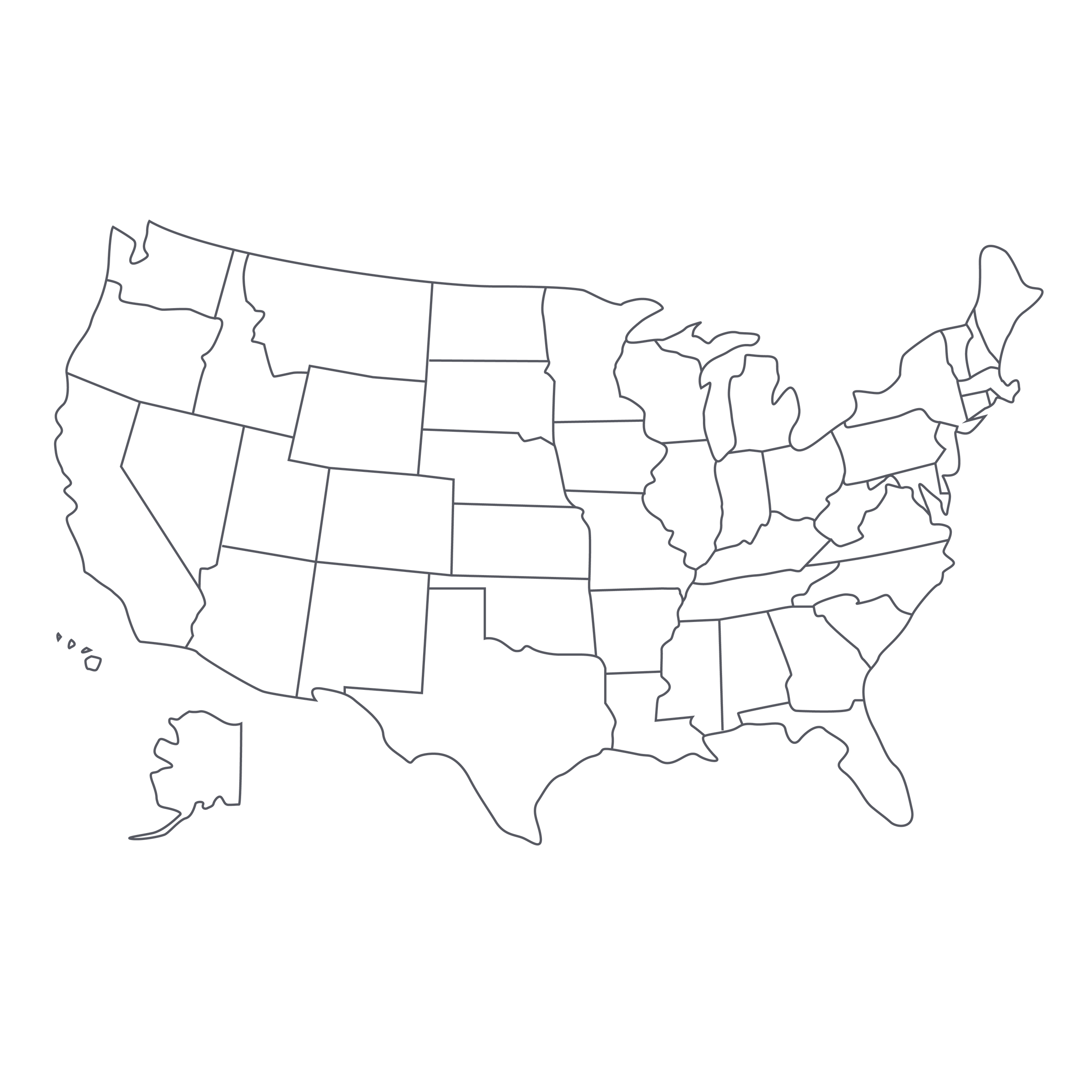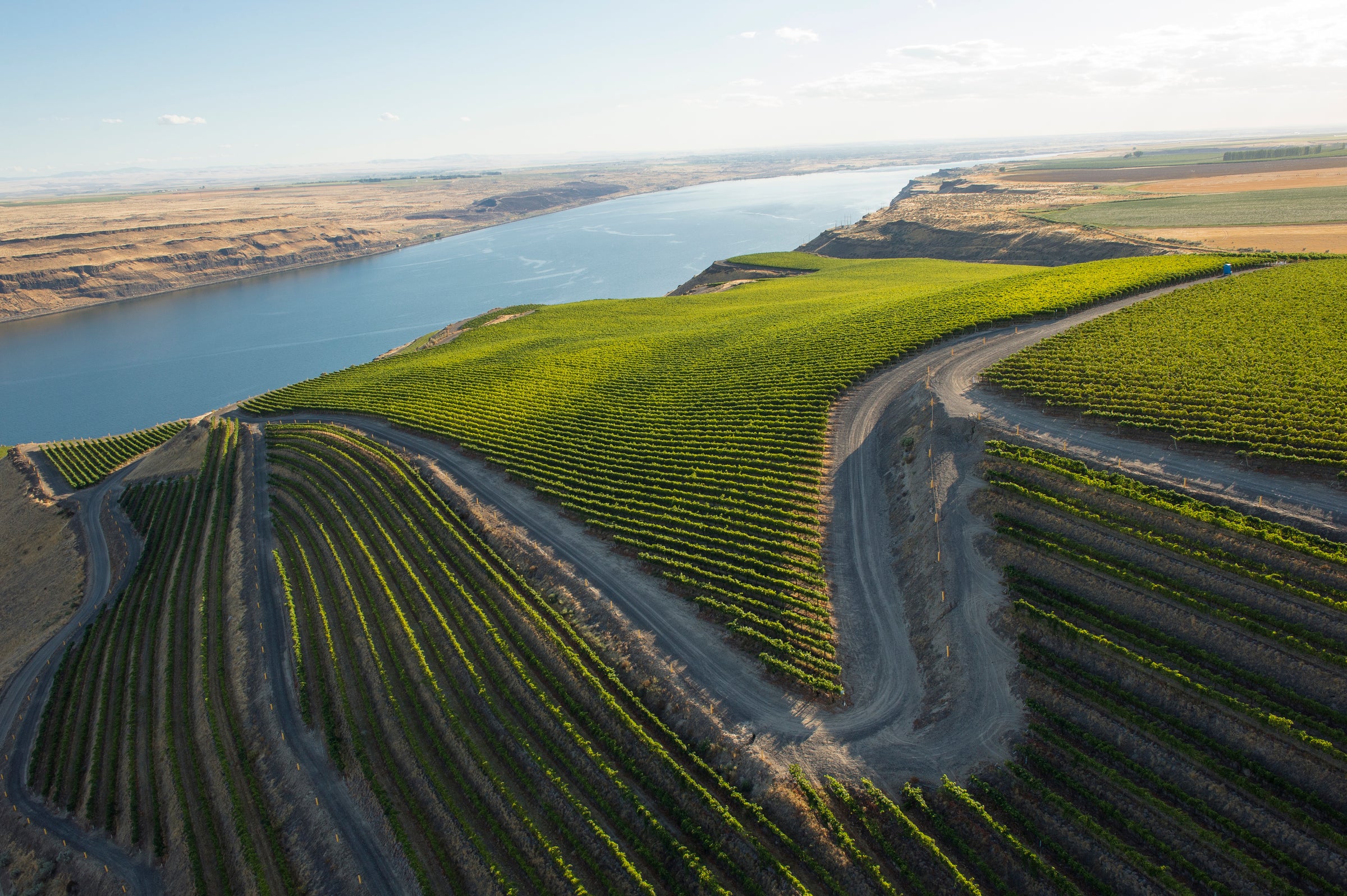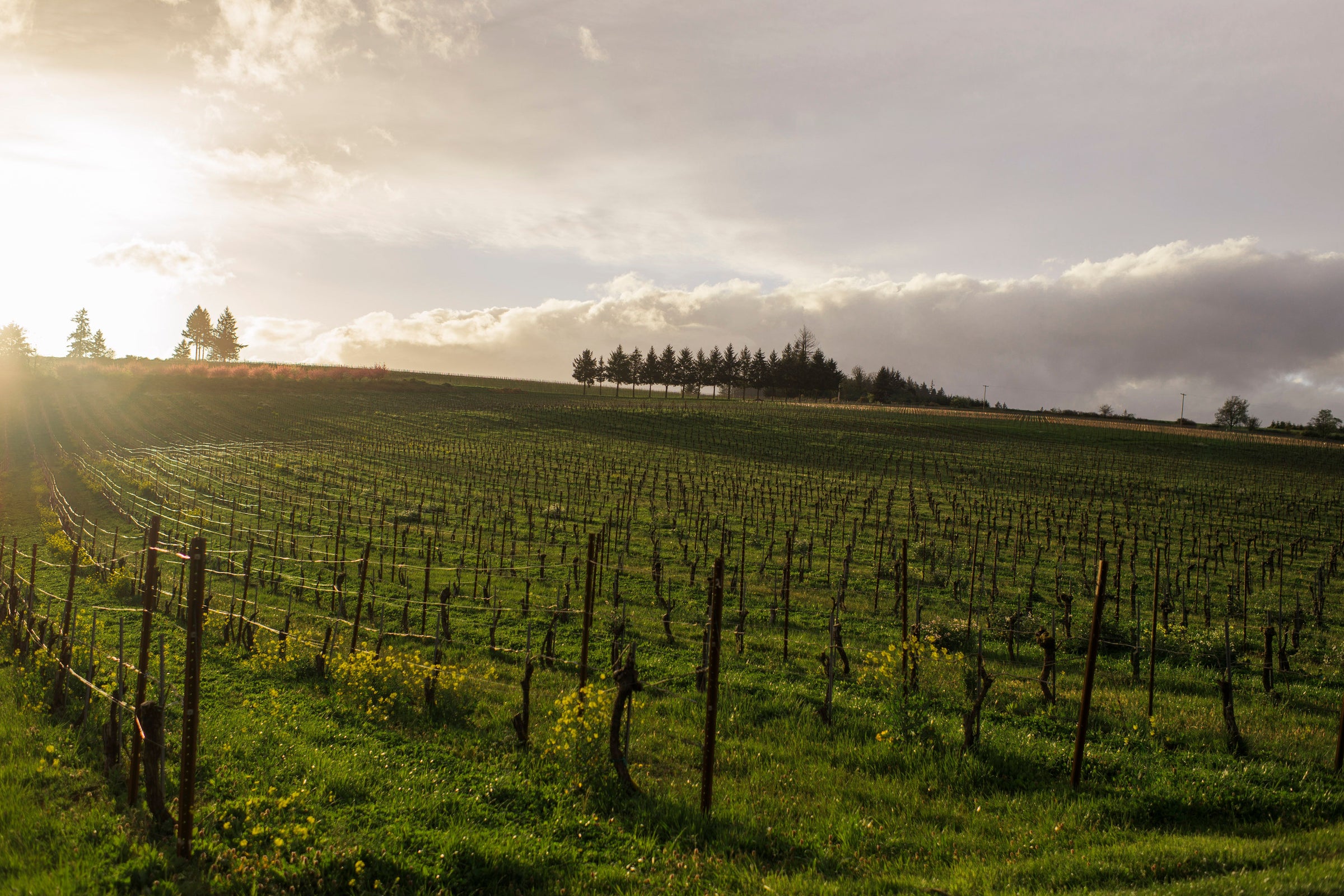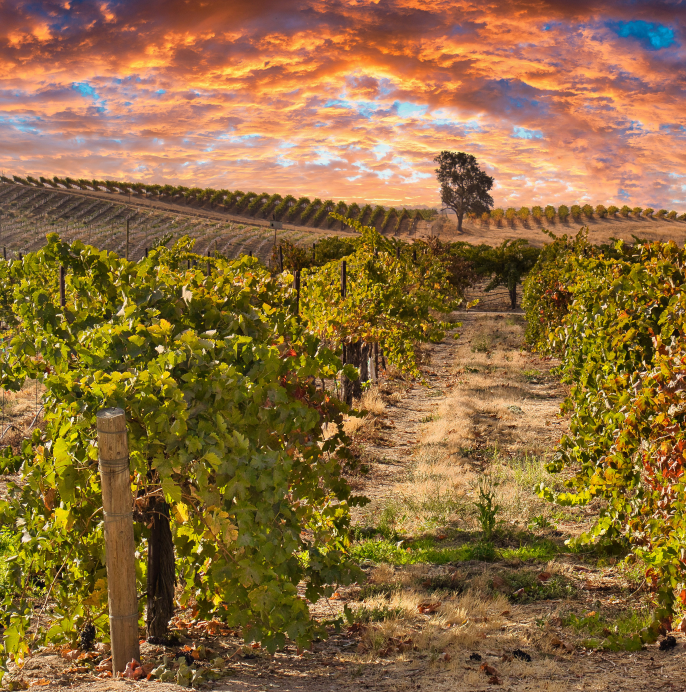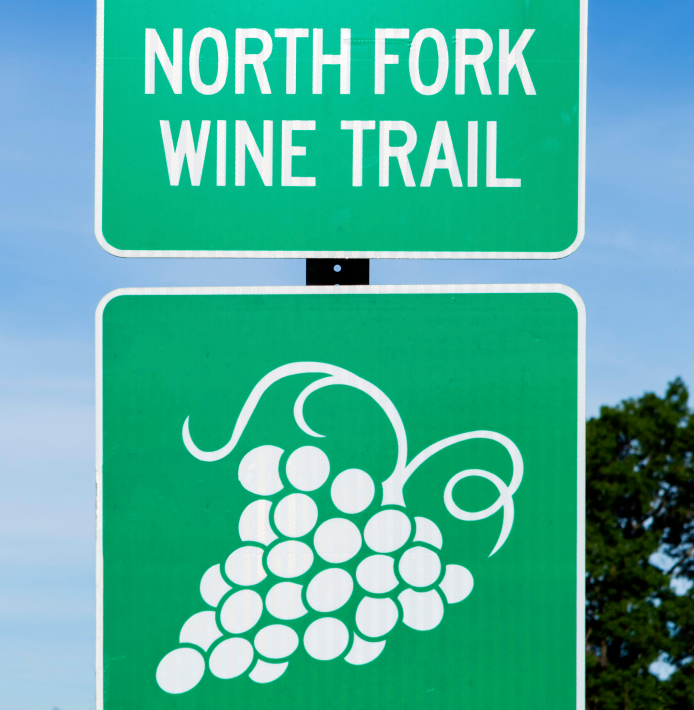If “cool climate” Cabernet Sauvignon from California sounds incongruous to you, that’s because it mostly is. Right now, we’re hearing more about how many of the classic growing zones for Cabernet may one day be too hot, which makes the tiny Waterhorse Ridge Vineyard, in the Fort Ross-Seaview AVA on the Sonoma Coast, seem that much more visionary.
Owners Patricia Greer and Jesus Velasquez first planted “Bordeaux” varieties here in 1997, despite being told it was too cold for them, and today Waterhorse Ridge remains an outlier, nestled among big-ticket Pinot Noir vineyards that supply some of the Sonoma Coast’s most expensive labels. Among the Californian producers intrigued by Waterhorse Ridge were Erin Mitchell and Randy Czech of Unturned Stone Wines, whose “Spider Chase” label was created to showcase exactly this kind of vineyard. They source only organically grown fruit and are fiercely committed to natural, non-interventionist winemaking, resulting in wines of tremendous purity and energy. This Cabernet Sauvignon field blend, supported by the full array of Bordeaux grapes, is atypical, and thrillingly so—just north of medium-bodied, with bright perfume and loads of nerve, it is that rare Cabernet that emphasizes finesse over power. Yes, “cool climate” Cabernet does exist, and it is beguilingly delicious. It’s also as “boutique” as it gets (160 cases produced) while remaining reasonably priced. If you’re lucky enough to get some today, I guarantee you’ll be blown away!
This isn’t our first go-round with Spider Chase, nor is it our first go-round with Waterhorse Ridge (the great John Lockwood of Enfield Wine Co. also sources Cabernet from here), but it is still such a novel experience to encounter a wine like this. We offer plenty of ultra-concentrated, luxury-tier Cabernets here, but this more elegant, lightly oaked style is a relative rarity. It is also a bottle that appeals to all the many factions of today’s wine world: It sneaks onto “Napa-only” wine lists, is a perennial favorite for Michelin-starred restaurants in San Francisco, and—due to painstaking organic farming, native yeast fermentation, and judicious sulfite additions—it’s also the rare domestic Bordeaux blend that you’ll find on the chalkboard at the coolest natural wine bars. All this, combined with an absurdly fair price given the elite zip code of origin, means that it has become one of the hottest bottles in contemporary California wine.
As a sales representative for one of California’s leading natural wine importers, Erin Mitchell brings a wealth of experience as a taster and local “public face” of many of the world’s top wines. Randall Czech’s deep history in the vines and cellars of top Pinot Noir powerhouses like Failla and Flowers speaks for itself. This impressive combination of “right and left brain” wine talent is evident in every sip of today’s wine, but it’s not the whole story. Thanks to this couple’s enduring partnership with Jesus Velazquez and Patricia Greer, today’s wine is the product of a truly spectacular vineyard site. Waterhorse Ridge, at 1,700 feet elevation and just a few miles from the Pacific Ocean, is one of the more enchanted small vineyards in the region. Volcanic terroir, a freak microclimate, and obsessive hand-farming all come together to create something perfectly balanced, deeply soulful, and spectacular.
In the glass, the 2017 Unturned Stone “Spider Chase” announces itself as a deeply classic and sophisticated Cabernet blend. What you’ll notice first is its perfume and energy. There’s a cedar/forest/tobacco aromatic character that recalls the most memorable bottles of 1980s Caymus and/or older Spottswoode I’ve been fortunate to taste over the years. Add to that a powerful core of wet stone, judiciously ripened dark plum/wild berry fruit, and a strong current of mouthwatering minerality that panders to my personal affinity for Saumur-Champigny and old-school Saint-Émilion. The way this wine's softer fruit elements wrap around its more “intellectual” mineral components put it in elite company. Of course, there’s a clear sense of California warmth, but everything is infused with terroir.
One final point I want to make is about the undeniable value here. To find a wine of equivalent quality/style/scale elsewhere in Sonoma or Napa (let alone Bordeaux), you’re going to be spending much more. Try to match the immaculate farming and nearly four years in (neutral) barrel and bottle behind this wine, and the price tag will escalate further. I speak from recent experience that this wine ages beautifully and will be absolutely singing in 3-5 years. Still, if you want to get into it right away, keep it simple by decanting for 30 minutes, and serving at 60 degrees. A platter of lamb chops will complete a perfect dinner. Cheers!
